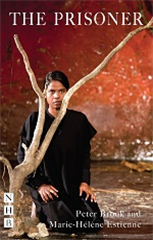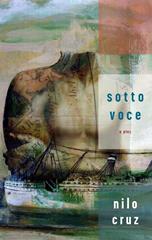NEW YORK: On July 10, the American Theatre Critics Association opened applications for the second annual 2023 Edward Medina Prize for Excellence in Cultural Criticism on its website, https://americantheatrecritics.org/edward-medina-prize/. The application will close on August 11, 2023 at 11:59 p.m. ET.
All applicants will be notified of their application status by October 1, 2023. The Medina Prize will be presented in November 2023.

Edward Medina
The ATCA website says the Edward Medina Prize for Excellence in Cultural Criticism is an award for reviewers, critics, and journalists in the U.S. from under-represented groups (women, people of the global majority, trans, and non-binary) who write about theater and its role in highlighting people from various cultures, backgrounds, and experiences.
The prize is meant to cultivate relationships between ATCA and diverse critics, to increase readership of cultural criticism by diverse writers, and to financially support critics from under-represented groups. Continue reading








